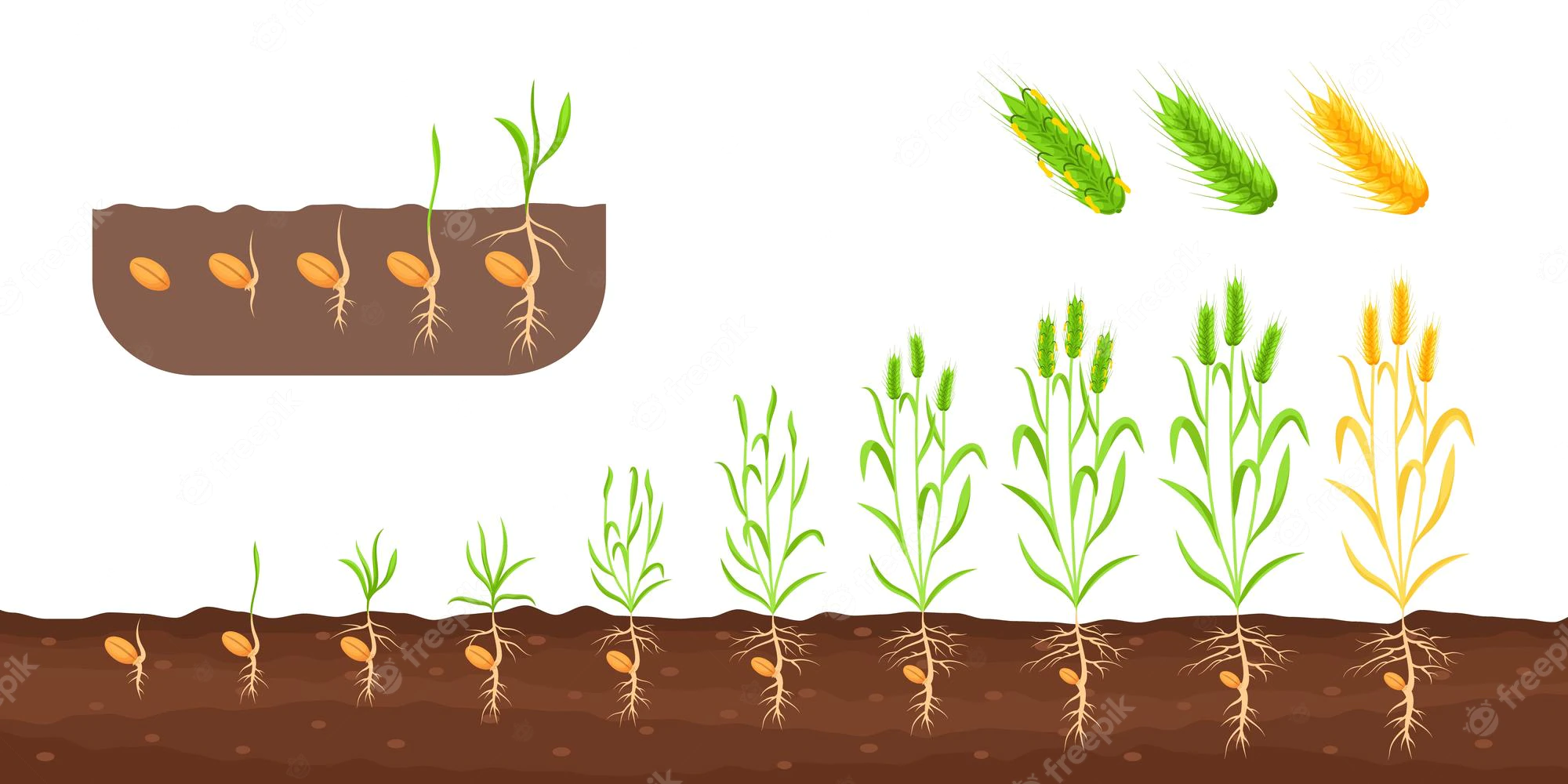
When it comes to seed germination, using the right medium is crucial for ensuring successful and healthy plant growth. Coir fiber, derived from the husk of coconuts, has gained popularity among gardeners and farmers for its exceptional properties that promote seed germination. In this comprehensive guide, we will delve into the benefits of using coir fiber, provide step-by-step instructions on how to use it for seed germination, troubleshoot common issues, and compare it with other germination methods.
Understanding the benefits of using coir fiber
Coir fiber offers numerous advantages over traditional germination mediums. Firstly, it is a renewable resource, making it an environmentally friendly choice. Unlike peat moss, which is commonly used for seed germination, coir fiber is a byproduct of the coconut industry, reducing waste and promoting sustainability.
Secondly, coir fiber has excellent water retention properties. It can hold up to nine times its weight in water, ensuring that seeds have a constant moisture supply during germination. This is particularly beneficial in areas with limited water availability or for gardeners who prefer low-maintenance gardening practices.
Additionally, coir fiber has a neutral pH level, which means it is not acidic or alkaline. This pH neutrality creates an optimal environment for seed germination, as it prevents the medium from affecting the seed’s natural pH balance. Coir fiber also provides good aeration for the seeds, allowing proper oxygen flow to the roots and preventing root rot.
Step-by-step guide to using coir fiber for seed germination
Choosing the right coir fiber product
Before starting your seed germination journey with coir fiber, it is essential to select the right product. Coir fiber is available in various forms, including bricks, discs, and loose fiber. Bricks and discs are compacted blocks that expand when soaked in water, while loose fiber is ready to use without any additional preparation.
Consider the size and quantity of your seeds when choosing the coir fiber product. If you are working with smaller seeds, loose fiber or fine-grade bricks are suitable options. For larger seeds, such as beans or peas, coarser bricks or discs will provide better support.
Preparing the coir fiber for seed germination
Once you have chosen the appropriate coir fiber product, it is time to prepare it for germination. If you opt for bricks or discs, place them in a container and gradually add water. Allow the coir fiber to absorb the water and expand fully. Gently fluff the fibers with your hands to ensure even moisture distribution.
For loose fiber, simply moisten it with water until it is damp throughout. Avoid overwatering, as excessive moisture can lead to mold or fungal growth. Properly hydrated coir fiber should feel moist but not sopping wet.
Planting your seeds in the coir fiber
Now that your coir fiber is ready, it’s time to plant your seeds. Fill seed trays, pots, or any other containers with the moistened coir fiber, leaving some space at the top for seed placement. Follow the recommended planting depth for each seed type, as different plants have varying germination requirements.
Place the seeds on top of the coir fiber and gently press them into the medium. Cover the seeds with a thin layer of coir fiber to protect them and provide insulation. Mist the surface lightly with water to ensure the seeds are in contact with moisture.
Caring for your seeds during germination
Proper care is essential for the successful germination of seeds in coir fiber. Keep the seed trays or pots in a warm location with indirect sunlight. Maintain the moisture level by misting the coir fiber regularly, ensuring it remains damp but not waterlogged.
Monitor the germination progress closely. As soon as the seeds sprout and develop their first set of true leaves, transfer them to individual pots or containers filled with fresh coir fiber or potting soil. Continue to provide adequate water and sunlight, and watch your seedlings thrive.
Troubleshooting common issues with coir fiber germination
While coir fiber is an excellent germination medium, occasional issues may arise. Here are some common problems and their solutions:
- Mold or fungal growth: Excessive moisture or poor ventilation can lead to mold or fungal growth. Ensure proper air circulation by providing ventilation or using a fan. Reduce watering frequency if necessary.
- Nutrient deficiency: Coir fiber is relatively low in nutrients. As the seedlings grow, supplement them with a balanced liquid fertilizer to prevent nutrient deficiencies. Follow the manufacturer’s instructions for application rates.
- Inadequate water retention: If the coir fiber dries out too quickly, it may indicate poor water retention. Consider mixing it with vermiculite or perlite to improve moisture retention. Alternatively, increase the frequency of misting or watering.
Comparing coir fiber with other seed germination methods
Coir fiber is undoubtedly a superior choice for seed germination, but how does it compare to other methods? Let’s consider the advantages and disadvantages of coir fiber, peat moss, and soil for seed germination.
Coir Fiber:
- Advantages: Renewable resource, excellent water retention, neutral pH, good aeration.
- Disadvantages: May require additional fertilization, occasional issues with mold or fungal growth.
Peat Moss:
- Advantages: Good water retention, widely available.
- Disadvantages: Nonrenewable resource, acidic pH, poor aeration.
Soil:
- Advantages: Naturally rich in nutrients, stable medium.
- Disadvantages: Heavy, may contain weed seeds or pathogens, poor water drainage.
Conclusion: The advantages of using coir fiber for seed germination
Coir fiber offers several unique benefits that make it an ideal choice for seed germination. Its renewable nature, exceptional water retention, neutral pH, and good aeration properties create an optimal environment for successful seed germination. By following our step-by-step guide, you can boost your seed germination rate and ensure healthy and thriving plants. Give coir fiber a try, and experience the remarkable results for yourself.
[CTA] Ready to enhance your seed germination process? Try using coir fiber today and witness the difference it can make in your gardening endeavors.






